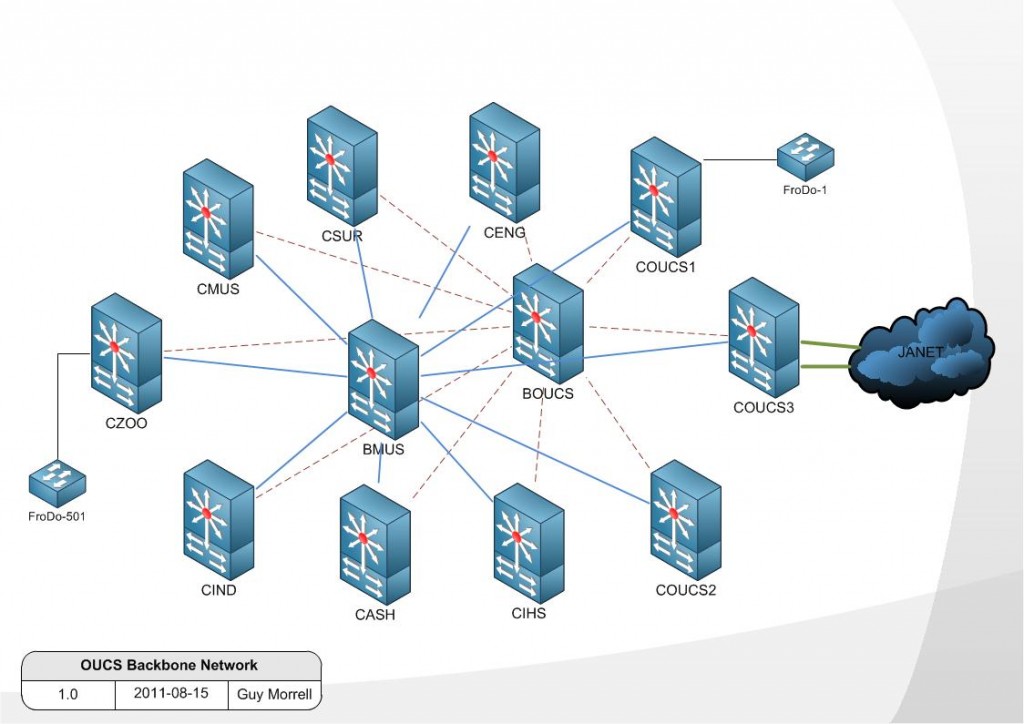

User-defined routes could also point to virtual network gateways to enable service chaining. To enable service chaining, configure user-defined routes that point to virtual machines in peered virtual networks as the next hop IP address. Service chaining enables you to direct traffic from one virtual network to a virtual appliance or gateway in a peered network through user-defined routes. This feature doesn't support scenarios where the virtual network to be updated is peered with:
#BACKBONE MEANING IN NETWORKING HOW TO#
To learn how to update the address space for a peered virtual network, see Updating the address space for a peered virtual network. We recommend that you run sync after every resize address space operation instead of performing multiple resizing operations and then running the sync operation. Synching of virtual network peers can be performed through the Azure portal or with Azure PowerShell. Resizing of address space is supported cross-tenant Modifying the address range prefix of an existing address range (For example changing 10.1.0.0/16 to 10.1.0.0/18)Īdding address ranges to a virtual networkĭeleting address ranges from a virtual network Resizing works for both IPv4 and IPv6 address spaces.Īddresses can be resized in the following ways: Once the address space is resized, peers must sync with the new address space changes. This feature is useful when you need to resize the virtual network's address space after scaling your workloads. You can resize the address space of Azure virtual networks that are peered without incurring any downtime on the currently peered address space. Resize the address space of Azure virtual networks that are peered To learn more about network security groups, see Security groups.
#BACKBONE MEANING IN NETWORKING FULL#
If you open full connectivity between peered virtual networks, you can apply network security groups to block or deny specific access. When you configure virtual network peering, either open or close the network security group rules between the virtual networks. You can apply network security groups in either virtual network to block access to other virtual networks or subnets. The traffic between virtual machines in peered virtual networks is routed directly through the Microsoft backbone infrastructure, not through a gateway or over the public Internet. There isn't any extra restriction on bandwidth within the peering. The network throughput is based on the bandwidth that's allowed for the virtual machine, proportionate to its size. The network latency between virtual machines in peered virtual networks in the same region is the same as the latency within a single virtual network. Connectivityįor peered virtual networks, resources in either virtual network can directly connect with resources in the peered virtual network. No public Internet, gateways, or encryption is required in the communication between the virtual networks. Traffic between the virtual networks is kept on the Microsoft backbone network. Network traffic between peered virtual networks is private. No downtime to resources in either virtual network when creating the peering, or after the peering is created. To learn more about Azure deployment models, see Understand Azure deployment models. The ability to peer a virtual network created through Resource Manager to one created through the classic deployment model. The ability to peer virtual networks created through the Azure Resource Manager.

The ability to transfer data between virtual networks across Azure subscriptions, Azure Active Directory tenants, deployment models, and Azure regions. The ability for resources in one virtual network to communicate with resources in a different virtual network. The benefits of using virtual network peering, whether local or global, include:Ī low-latency, high-bandwidth connection between resources in different virtual networks. Global virtual network peering: Connecting virtual networks across Azure regions.

Virtual network peering: Connecting virtual networks within the same Azure region. Like traffic between virtual machines in the same network, traffic is routed through Microsoft's private network only.Īzure supports the following types of peering:

The traffic between virtual machines in peered virtual networks uses the Microsoft backbone infrastructure. The virtual networks appear as one for connectivity purposes. Virtual network peering enables you to seamlessly connect two or more Virtual Networks in Azure.


 0 kommentar(er)
0 kommentar(er)
